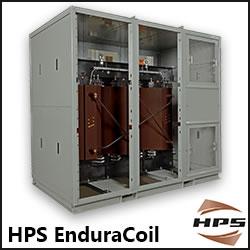Plasmonic Black Metals: Breakthrough in Solar Energy Research?
The MED research team recently published their black metals research results in a cover-page article in the May issue of Applied Physics Letters.
July 30, 2013 — The use of plasmonic black metals could someday provide a pathway to more efficient photovoltaics (PV) -- the use of solar panels containing photovoltaic solar cells -- to improve solar energy harvesting, according to researchers at Lawrence Livermore National Laboratory (LLNL).
The LLNL Materials Engineering Division (MED) research team has made breakthroughs experimenting with black metals. These nanostructured metals are designed to have low reflectivity and high absorption of visible and infrared light. The MED research team recently published their black metals research results in a cover-page article in the May issue of Applied Physics Letters.
Authored by MED physicist and research team member Mihail Bora, the article details the work of the nanophotonics and plasmonics research team led by LLNL engineer Tiziana Bond.
It describes the team's concept of black metals, which are not classic metals but can be thought of as an extension of the black silicon concept. When silicon is treated in a certain way, such as being roughened at the nanoscale level, it traps light by multiple reflections, increasing its solar absorption. This gives the silicon a black surface that's able to better trap the full sun's wavelength spectrum.
Similarly, black metals are produced by some sort of random nanostructuring -- either in gold or silver -- without guaranteeing a full, reliable and repeatable full solar absorption. However, Bond's team developed a method to improve and control the absorption efficiency and basically turn the metals as black as they want, allowing them to increase, on demand, the absorption of a higher quantity of solar wavelengths. Her team built nanopillar structures that are trapping and absorbing all the relevant wavelengths of the entire solar spectrum.
"Our article was picked for the cover story of Applied Physics Letters because it represents cutting-edge work in the area of plasmonics, the broadband operation obtained with a clear design and its implication for the photovoltaic yield," Bond said.
This new LLNL technology could one day be used in the energy harvesting industry such as PV. By incorporating metallic nanostructures with strong coupling of incident light
Featured Product

HPS EnduraCoilTM Cast Resin Medium Voltage Transformer
HPS EnduraCoil is a high-performance cast resin transformer designed for many demanding and diverse applications while minimizing both installation and maintenance costs. Coils are formed with mineral-filled epoxy, reinforced with fiberglass and cast to provide complete void-free resin impregnation throughout the entire insulation system. HPS EnduraCoil complies with the new NRCan 2019 and DOE 2016 efficiency regulations and is approved by both UL and CSA standards. It is also seismic qualified per IBC 2012/ASCE 7-10/CBC 2013. Cast resin transformers are self-extinguishing in the unlikely event of fire, environmentally friendly and offer greater resistance to short circuits. HPS also offers wide range of accessories for transformer protection and monitoring requirements.
